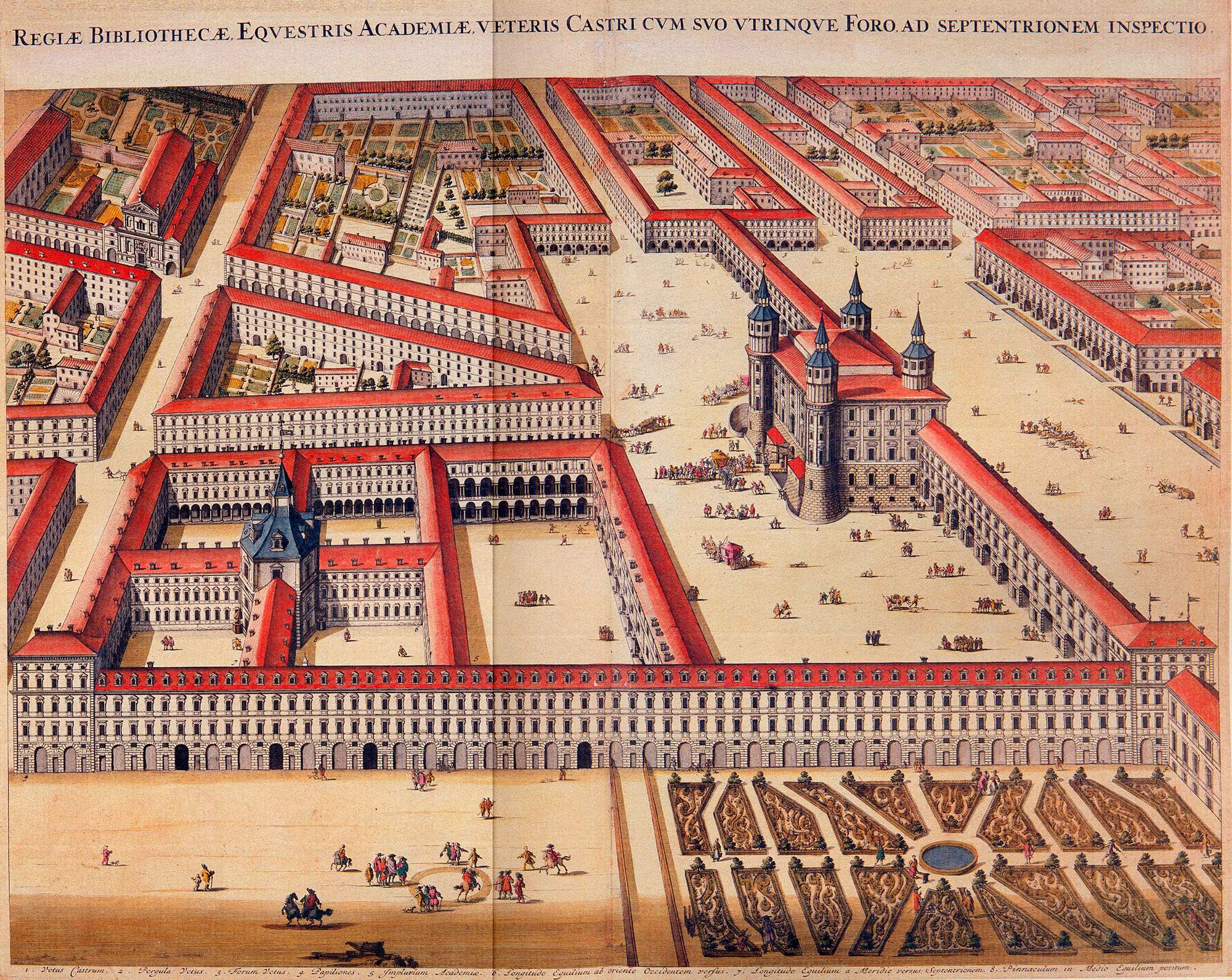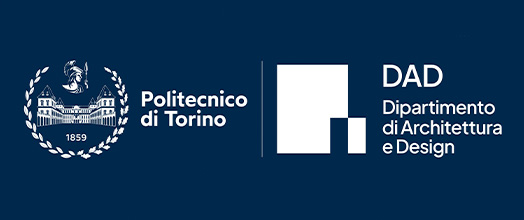Torino
Torino (850.000 inhabitants) was the capital of Savoy Duchy from 1559, then the first capital of Italy (1861) and the capital of car industry during the 20th century. It is nowadays a center for advanced scientific and technical research.
The urban fabric of the center of Torino comes from a Roman military camp. During the centuries Torino never forgot that original form: a squared city, made by square blocks, divided by orthogonal streets. Between 17th and 18th centuries, through three subsequent enlargements, Baroque architects and planners fixed: three main streets, three main geometric squares, three monumental gates and an urban fabric of squared plots. This “rule of the chessboard” is so important that it will be replied out of the former line of city walls, also after the demolition of city walls, also after the industrial revolution.


The Valentino Castle
In the green heart of the 19th century park of Torino, the Valentino Castle had various uses over the centuries before being taken over by the School of Architecture at Politecnico di Torino.
In the 1500s it was a riverside residence located out of town, and its period of maximum splendour was under Christine of France, the first regent in the Savoy Duchy, who chose it to be the palace of entertainment, extending it according to French tastes and promoting the rich decoration of the rooms on the piano nobile.
After her death, the parties that the Madame Royale enjoyed organising were no more, and just a few decades later one of the side gardens was turned into the Botanical Gardens for the University, which can still be visited.
During the 19th century, the castle was radically altered due to the Exposition of 1858 initiated by the the Prime Minister Camillo Cavour.
Suggestion for accomodations
Each structure on the list provided a special offer for ISUF2025 participants by directly contacting the hotels.
4 Stars

Boutique Hotel Opera 35
Via Della Rocca 35, 10123 Torino
Tel +39 0110881135
E-mail info@opera35.com
Website www.opera35.com or www.residenzadellopera.com

STARHOTELS Majestic
Corso Vittorio Emanuele II 54, 10123 Torino
Tel +39 011 539153
E-mail reservations.majestic.to@starhotels.it
Website https://www.starhotels.com/it/
3 Stars

Best Western Hotel Piemontese
Via Berthollet 21, 10125 Torino
Tel +39 011 6698101
E-mail piemontese.to@bestwestern.it
Website https://www.hotelpiemontese.it/

CX Turin Marconi
Via Belfiore 23, 10100 Torino
Tel +39 011 086 7200
E-mail hello.turinmarconi@cx-place.com
Website https://www.cx-place.com/it/cxturin-marconi-campus.html

Best Western Hotel Genio
Corso Vittorio Emanuele II 47, 10125 Torino
Tel +39 011 650 5771
E-mail info@hotelgenio.it
Website www.hotelgenio.it

ISUF 2025 Dinner location
Caprera 1883 Restaurant, with its large windows overlooking the historic Murazzi, is located on the Po River, at Corso Moncalieri 22 in Turin. It is just a few steps from the Castello del Valentino, heading north through the Valentino Park and crossing the Umberto I Bridge.
It is the restaurant of the Società Canottieri Caprera, founded in 1883, one of the oldest rowing clubs in Italy. The name honors the Garibaldi achievements, still unforgettable and alive just over twenty years after the unification of the Kingdom of Italy.
Maximum participants: 130
Dinner time: 8:30 PM


